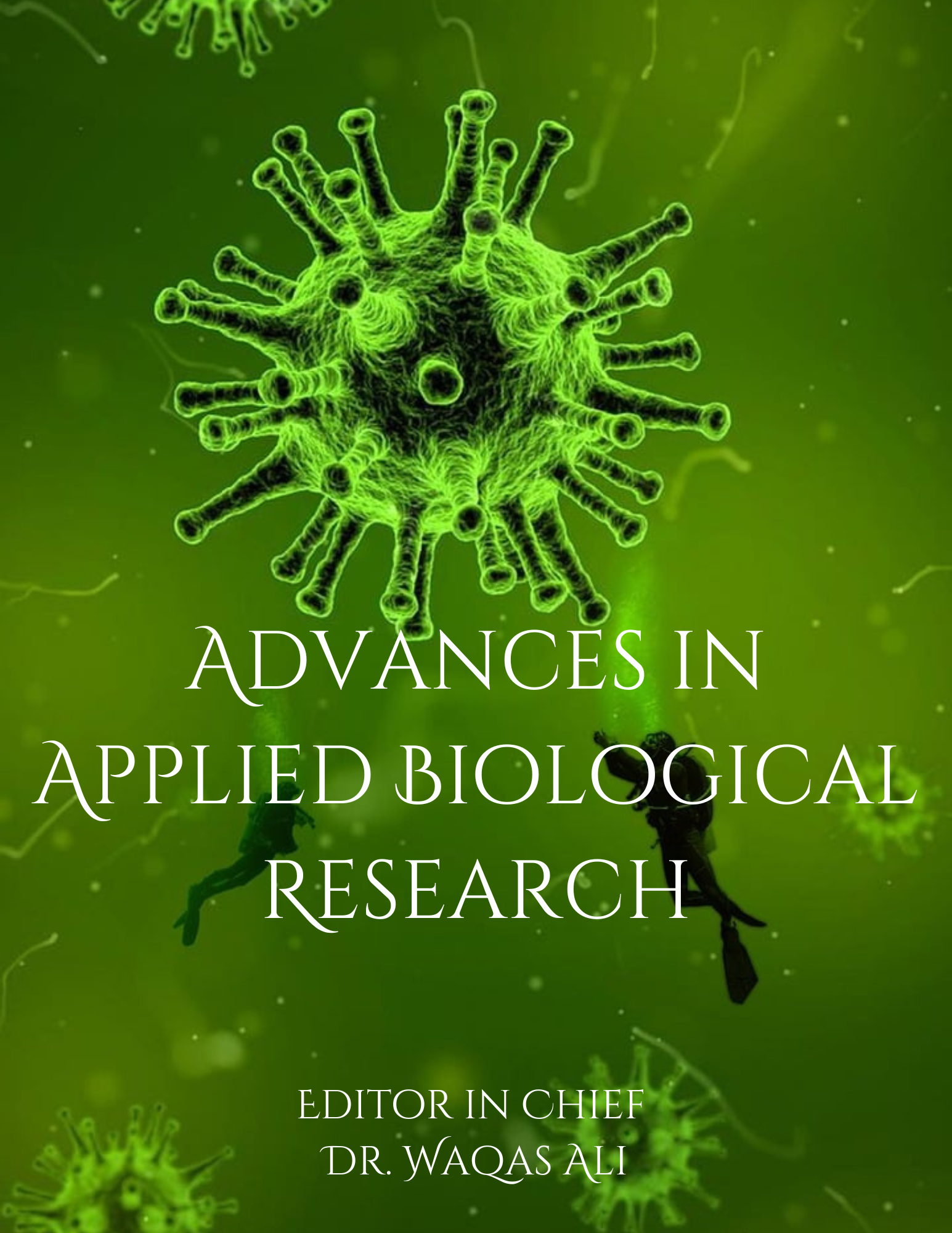Role of Vitamin C in Health and Disease: A Comprehensive Review
DOI:
https://doi.org/10.48165/aabr.2025.2.1.01Keywords:
Vitamin C, Health benefits, Dietary sourcesAbstract
Vitamin C (ascorbic acid) is a water-soluble vitamin with vital roles in human health. It functions as a potent antioxidant, supports the immune system, aids in collagen synthesis, and enhances iron absorption. The deficiency of vitamin C leads to scurvy, while its adequate intake is associated with numerous health benefits, including reduced risk of chronic diseases such as cardiovascular disease, cancer, and neurodegenerative disorders. Supplementation with vitamin C appears to be able to both prevent and treat respiratory and systemic infections. This review provides an analysis of the role of vitamin C in health and disease, its dietary sources, recommended intake, and its therapeutic applications based on recent literature.
References
Carr, A. C., & Maggini, S. (2017). Vitamin C and immune function. Nutrients, 9(11), 1211.
https://doi.org/10.3390/nu9111211
Guan, Y., Dai, P., & Wang, H. (2020). Effects of vitamin C supplementation on essential hypertension: A systematic review and meta-analysis. Medicine, 99(8), e19274.
https://doi.org/10.1097/MD.0000000000019274
Harrison, F. E., & May, J. M. (2018). Vitamin C function in the brain: Vital role of the ascorbate transporter SVCT2. Free Radical Biology and Medicine, 119, 145–157.
https://doi.org/10.1016/j.freeradbiomed.2017.12.031
Hemilä, H. (2017). Vitamin C and common cold incidence: A review of studies over 50 years. Scandinavian Journal of Medicine & Science in Sports, 27(1), 37–42.
https://doi.org/10.1111/sms.12703
Lykkesfeldt, J., Christen, S., Wallock, L. M., Chang, H. H., Jacob, R. A., & Ames, B. N. (2014). Ascorbate is depleted by oxidative stress and smoking. American Journal of Clinical Nutrition, 90(5), 1004–1011.
https://doi.org/10.3945/ajcn.2009.28639
Medical News Today. (2021). Vitamin C: Why we need it, sources, and how much is too much.
https://www.medicalnewstoday.com/articles/219352
Moser, M. A., & Chun, O. K. (2016). Vitamin C and heart health: A review based on findings from epidemiologic studies. International Journal of Molecular Sciences, 17(8), 1328.
https://doi.org/10.3390/ijms17081328
Naidu, K. A. (2003). Vitamin C in human health and disease is still a mystery? An overview. Nutrition Journal, 2, 7.
https://doi.org/10.1186/1475-2891-2-7
National Institutes of Health (NIH). (2021). Vitamin C Fact Sheet for Health Professionals.
https://ods.od.nih.gov/factsheets/VitaminC-HealthProfessional/
Ngo, B., Van Riper, J. M., Cantley, L. C., & Yun, J. (2019). Targeting cancer vulnerabilities with high-dose vitamin C. Nature Reviews Cancer, 19(5), 271–282.
https://doi.org/10.1038/s41568-019-0125-6
Padayatty, S. J., & Levine, M. (2016). Vitamin C: The known and the unknown and Goldilocks. Oral Diseases, 22(6), 463–493.
https://doi.org/10.1111/odi.12446
Pullar, J. M., Carr, A. C., & Vissers, M. C. (2017). The roles of vitamin C in skin health. Nutrients, 9(8), 866.
https://doi.org/10.3390/nu9080866
Taraj, K., Hasa, A., & Muca, A. (2021). Sources and benefits of Vitamin C. Technium BioChemMed, 2(1), 23–31.
https://techniumscience.com/index.php/biochemmed/article/view/3190
Teucher, B., Olivares, M., & Cori, H. (2017). Enhancers of iron absorption: Ascorbic acid and other organic acids. International Journal for Vitamin and Nutrition Research, 77(4), 309–320.
https://doi.org/10.1024/0300-9831.77.4.309
WebMD. (2022). Vitamin C Benefits, Sources, Supplements, and More.

